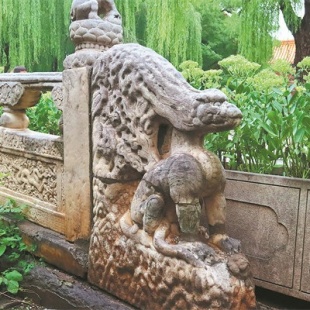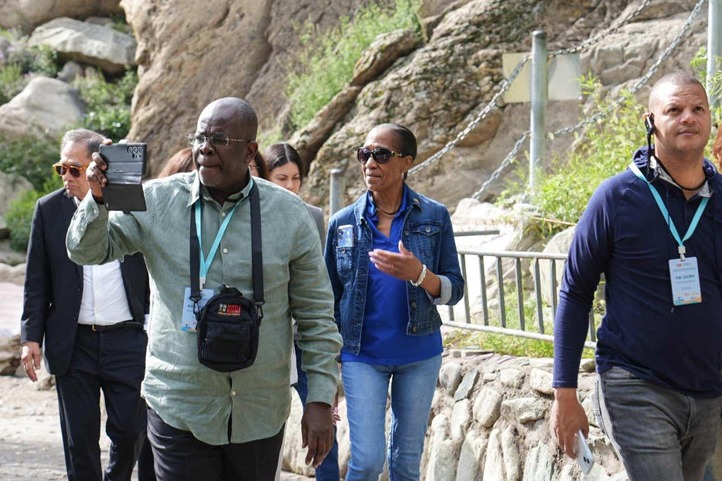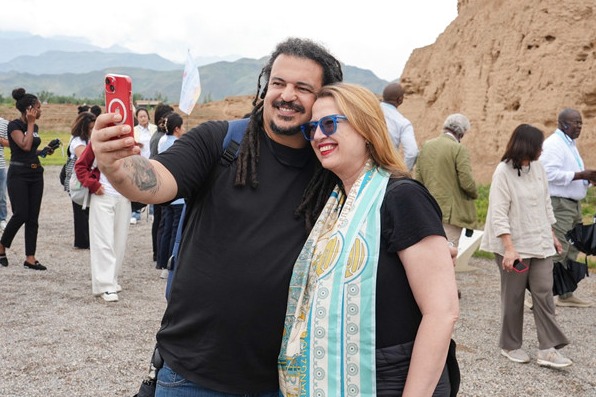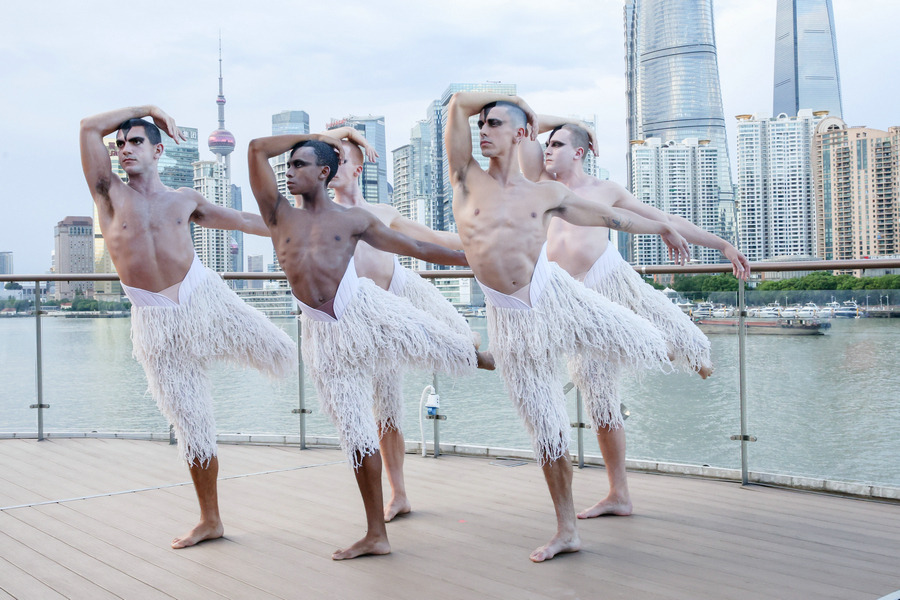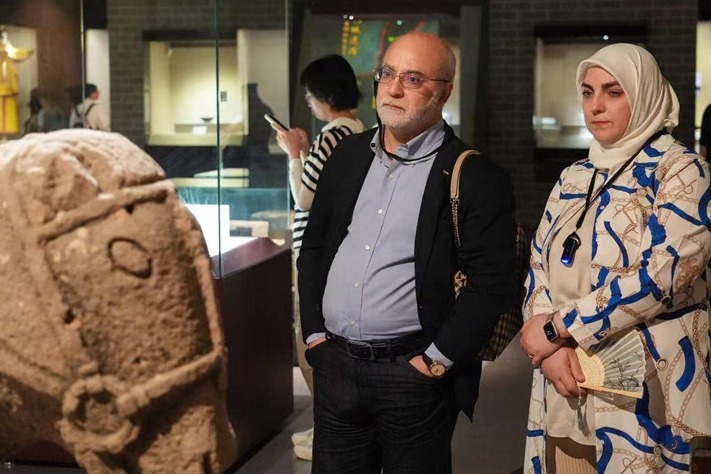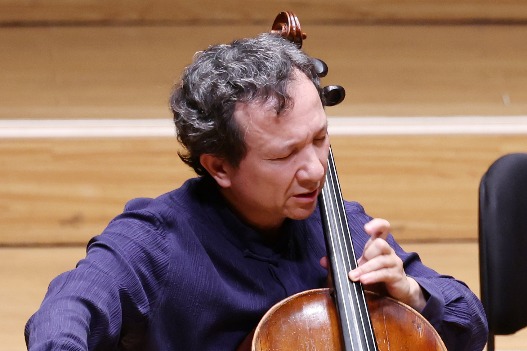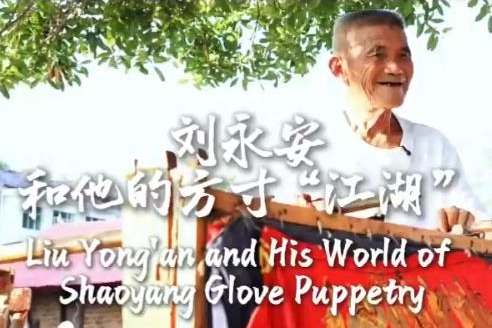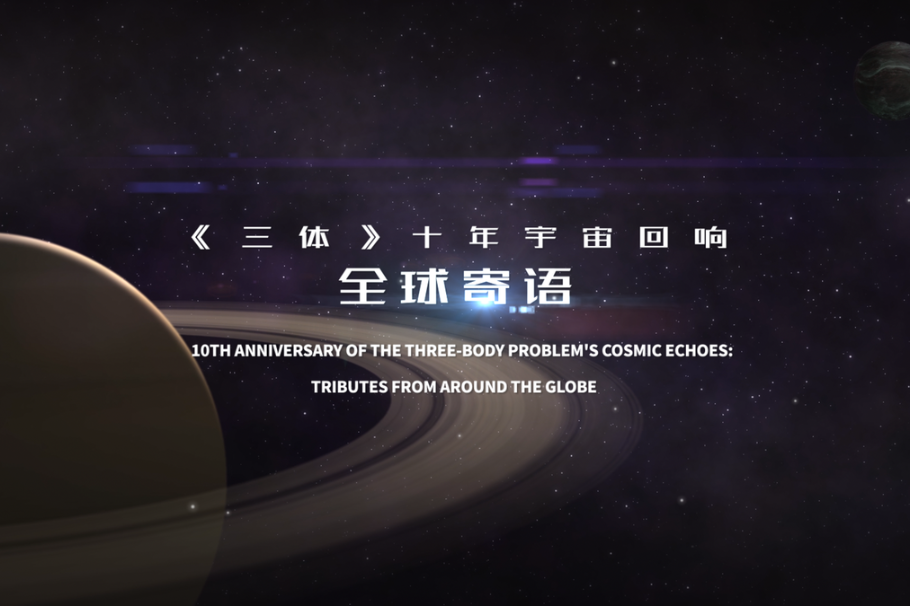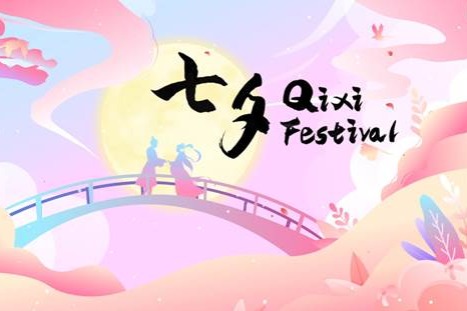The riddle of the missing palaces

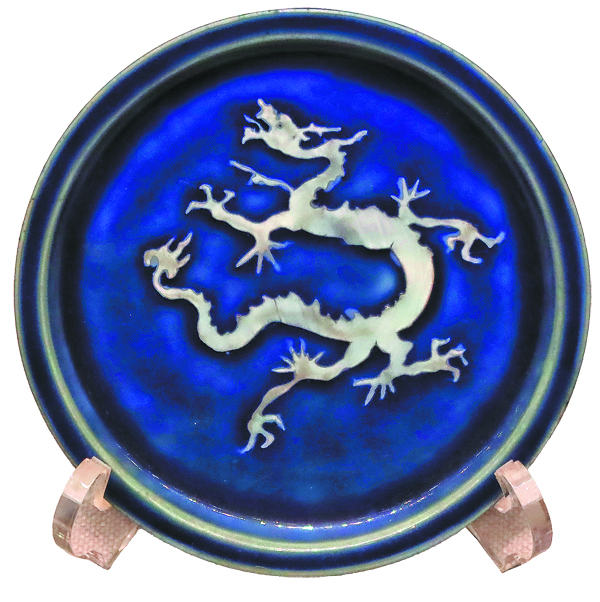
As Yuan palaces absorbed elements from afar, its features also appeared elsewhere.
From 2023 to 2024, Wu Wei, an archaeologist with Xu's team, undertook comparative studies in the Thang Long Imperial Citadel in Hanoi, Vietnam. The citadel was the center of the Vietnamese monarchy from the 11th to the 18th century. In Vietnam, the era corresponding to Yuan was the Tran Dynasty (1225-1400).
"Palace architecture from this period closely resembles contemporary Yuan construction practices," he says. "Both employed similar techniques for foundation groundwork for buildings. In Thang Long, molded-pattern square tiles used in flooring around structures featured geometric motifs identical to those prevalent on decorative paving blocks of Yuan.
"These parallels in imperial architecture highlight sustained cultural exchange," Wu adds.
When researchers see the Forbidden City from a wider horizon, they may gain some new understandings on Yuan's influence on this place.
Yudetang ("the hall of bathed virtue") is an exceptional place amid the traditional Chinese construction of the Palace Museum. This Islamic-style building with a dome in the southwest of the compound, was generally considered to be a bath, but its origins remain vague.
Wang Guangyao, a researcher with the Palace Museum, supports the theory that it is a rare intact bath left from the Yuan Dynasty based on rigid analyses of white porcelain on the inner walls of the building.
"It also matches historical documentation claiming white porcelain was used on Yuan palaces," he says.
Wang also found its oven even resembles Roman-style counterparts across Europe and West Asia.
How could the technology come here from such a distant place?
In 2020, the discovery of a Roman-style bath in Xinjiang Uygur autonomous region, dating back to the 10th to 13th century, offers a key link.
"Huihu people from that region then yielded to Mongols' westwards expedition and enjoyed high social status during the Yuan Dynasty," Wang says. "They may have naturally introduced their fashion of bath into Beijing then."
"From small details, we can see a big picture of how different civilizations exchanged and bred creativity," Xu says.


